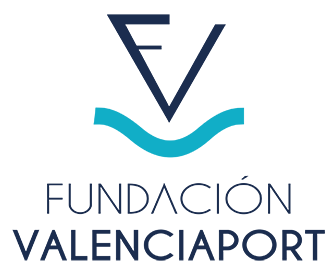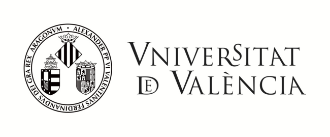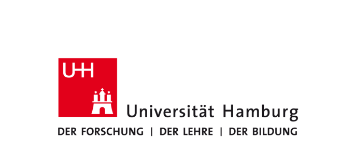The exchange of experiences and good practices are at the heart of the project. LOOP-Ports aims to provide recommendations and strategies, promoting training and new commercial initiatives both in port clusters and in other areas linked to this sector, through numerous activities.
Activity 1
Mapping of current ports status in relation to circular economy
Activity 1 is divided into the following 3 main tasks in which the European ports are analysed in depth according to different criteria. The aim is to find out in which European ports the environment is more favorable for launching initiatives linked to circular economy.
The objective of activity 1 is to study the status of the main EU ports in terms of circular economy. A total of 480 main ports and 45 variables have been selected. Finally, useful information has been extracted leading to three main results:
- Diagrams of main variables for addressing an overview of the data;
- Georeferenced maps combining the information collected;
- Classification of ports according to different indexes regarding their suitability to implement CE strategies.
In addition, several best practices implemented outside Europe are also being identified (China, Australia and USA). The main structure followed in the mapping of ports has been used to collect the information of overall circular economy activities taking place in EU ports.
Activity 2
Opportunities for intervention and specific innovation recommendations
Activity 2 aims to identify which system drivers can be addressed and which are the main barriers (legislative, administrative, technological, etc.) to implement circular economy initiatives in the port sector. The analysis is focused on:
- Policies and instruments – analysis of policies and instruments linked to the port sector that can boost or hinder the circular economy implementation in the sector;
- Technologies – identification of new technologies, innovative processes or services suited to enhance circular economy implementation in the port sector;
- Training and awareness – identification of training needs in the port sector in relation to circular economy;
- Financing – Identification of the barriers and opportunities for CE through a combination of literature reviews and structured interviews with a number of key stakeholders, including port authorities, manufacturing and distribution companies, government agencies, etc.
The most relevant opportunities identified were selected and developed in detail to propose innovation recommendations for their implementation in the port sector. They were determined based on the evaluation of their potential for circular economy, the potential competitiveness gains for the key stakeholders and their implementation feasibility. Finally, a detailed analysis was carried out to come up with innovation recommendations based on system drivers.
Activity 3
Ports circular economy professional education pilot
One of the main objectives of this project is to strengthen skills, knowledge and innovation capacities around the circular economy in the port sector.
This activity develops training modules for professionals working in the port sector willing to incorporate CE into their activities. The training format was set up based on a system innovation approach that includes tools for business design with circular economy principles. Depending on the context, the trainings aim at:
- Being able to understand the value of circular economy approaches for ports;
- Being able to apply a system innovation approach;
- Identifying circular economy innovation opportunities between stakeholders of port ecosystems;
- Getting to know tools and methods to conduct circular economy initiatives in ports.
Activity 4
Circular Ports Network development and Stakeholders interaction
One of the main objectives of the LOOP-Ports project is to engage ports and stakeholders in discussions about their needs and constraints as well as opportunities and best practices already implemented in ports regarding circular economy, increasing their overall awareness and understanding of the concept.
To this end, each partner involved local/regional stakeholders, expanding the network. Workshops on circular economy showing the main project findings were held at port level (each partner carried out at least two workshops in different ports -20 in total) and at institutional level (e.g. ESPO, Ports State Agencies, regional authorities, etc.- 10 in total).
Moreover, activity 4 requests the organization of internal roundtable discussions on circular economy in each port inviting all the relevant stakeholders. The roundtable discussion aims at developing a medium and long-term work plan on circular economy within ports. After the end of the project, they will continue their activity widening their role managing and monitoring the work plan implementation process.
Activity 5
Project management, Communication and Business model
Thanks to this activity, 7 business models were developed to analyze the replicability and enable the implementation of these types of activities in other EU ports. Moreover, they helped determine which were the necessary factors required to be able to replicate the circular economy activities in other ports.









